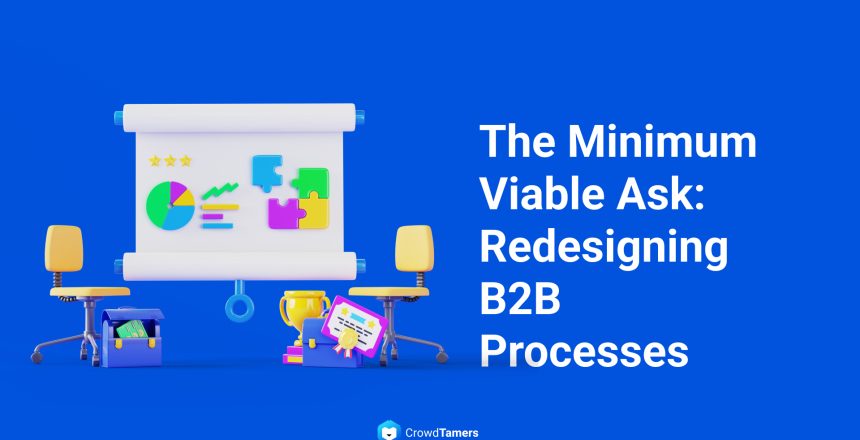Nobody has time anymore. Your prospects won’t spend 10 minutes filling out forms, no matter how much they need your solution. In 2025, success belongs to companies that demand the least effort from their customers.
Why Even Simple Tasks Kill Deals Now
Your prospect is in back-to-back meetings. They’re checking email during Zoom calls. When they hit your landing page or application form, you have seconds to convince them it’s worth their time.
A client recently switched from a 10-minute loan application to a three-step process: name and contact info, two key qualification questions, and document upload. Conversion rates jumped 300%. The information gathered stayed the same. The only change? Breaking one big ask into small, digestible pieces.
Breaking Down Complex B2B Processes
Start by mapping your current customer journey. Look for forms longer than three fields, documents requiring manual signatures, processes needing multiple app switches, and any task taking more than 2 minutes.
The key is breaking each complex step into micro-commitments. Gather only essential information upfront. Use AI to pre-fill known data points. Delay optional information gathering. Show progress clearly. Most importantly, confirm completion at each step.
Using AI to Remove Friction
AI excels at reducing customer effort. Form completion becomes seamless when AI auto-populates fields from existing data and suggests likely answers based on partial input. Document processing transforms when AI extracts key info from uploaded files and converts formats automatically.
The real magic happens in communication. AI can send contextual reminders, customize follow-up timing, and provide instant answers to common questions. This keeps prospects moving forward without human intervention.
Design Around Attention Scarcity
Your processes should work for distracted people. Make each interaction clear with one action per screen and simple, direct instructions. Keep it quick – under 2 minutes per interaction, with saved progress and device flexibility.
A software company reduced their onboarding from 45 minutes to 5 minutes by splitting their 50-field form into 6 micro-forms. They used AI to pre-fill 60% of fields and added smart validation to prevent errors. The result? A 400% increase in completed onboarding.
Measuring What Matters
Stop counting process steps. Start measuring customer effort through time metrics and quality signals. Track seconds per interaction and completion accuracy. Monitor abandon points and support requests. These metrics tell you where friction still exists.
The goal isn’t to eliminate necessary steps. It’s to make each step feel effortless. When a prospect needs to provide information, make it as painless as possible. When they need to make a decision, give them exactly what they need to decide quickly.
Making It Work in Your Business
Start with your most abandoned process. Time how long it takes now. Break it into 2-minute chunks. Add automation to remove friction. Test with real users. Measure everything.
Success in 2025 isn’t about having the most features or lowest price. It’s about demanding the least from your customers while delivering the most value. Every extra click, field, or minute you demand costs you deals.
A recent B2B loan origination client proved this approach. They simplified their application process and used AI to qualify leads. Their cost per qualified lead dropped from $320 to $60. More importantly, their conversion rate increased because prospects found it easier to say yes.
In a world of endless distractions, the easiest path wins. Make your process so simple that saying yes requires almost no effort. Your conversion rates will thank you.



